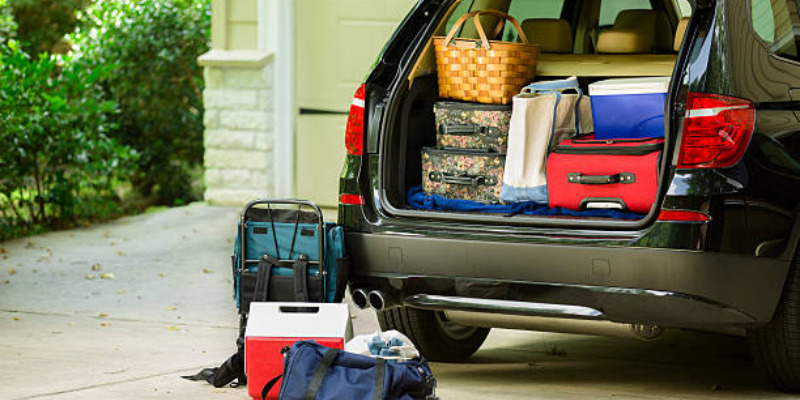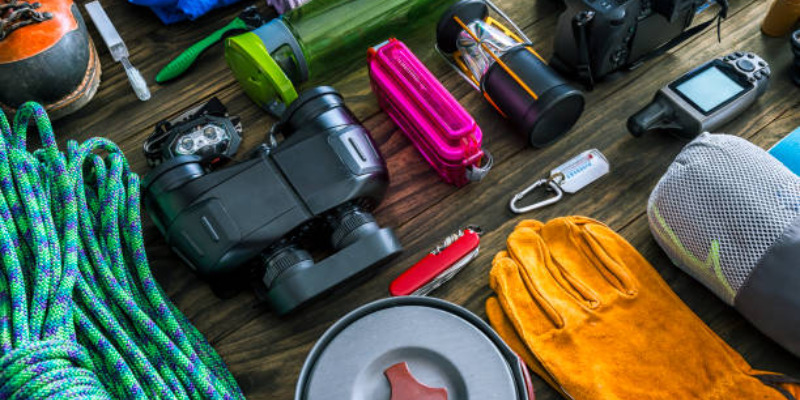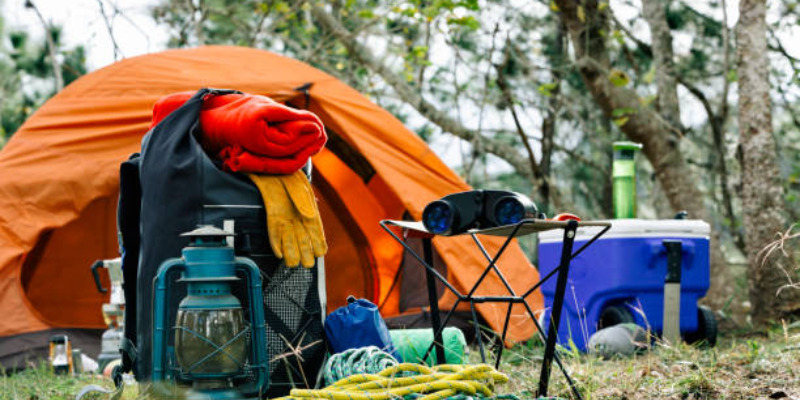How To Pick Tech Gear That’s Perfect For Travel
In today's world, packing for a trip can be daunting, especially when packing your tech devices. Does your smartphone's camera meet your expectations, or do you need a fancy mirrorless camera? Do you want to put your trust in your tablet, or should you carry your laptop "just in case"? And what about charging cables, how many are too many? The right choices streamline your experience, while the wrong ones get you scrambling around trying to enjoy the sunset. Here's how to ensure the gadget you bring is light, adaptable and ready for anything.
In today's world, packing for a trip can be daunting, especially when packing your tech devices. Does your smartphone's camera meet your expectations, or do you need a fancy mirrorless camera? Do you want to put your trust in your tablet, or should you carry your laptop "just in case"? And what about charging cables, how many are too many? The right choices streamline your experience, while the wrong ones get you scrambling around trying to enjoy the sunset. Here's how to ensure the gadget you bring is light, adaptable and ready for anything.
1. Portability Is King (But Don’t Sacrifice Power)
Your travel laptop should meet two primary needs: lightweight and capable. Start by surveying your so-called “essentials.”
Laptop vs. Tablet: If you're not coding or editing videos, a tablet paired with a foldable keyboard, like an iPad Pro or Samsung Galaxy Tab, is your best option. It's lightweight, easy to carry, and great for streaming, emails, or light work. Ultrabooks like the MacBook Air or Dell XPS 13 are the answer for these heavier tasks. They seamlessly combine Power and portability.

Camera Choices: Smartphone cameras like the iPhone 15 Pro and Google Pixel 8 rival DSLRs for more casual shots.
However, if you are passionate about photography, consider mirrorless cameras like the Sony A7C or the Fujifilm X-T5. These cameras can take professional-quality photographs without the cumbersome feel of DSLRs.
Pro Tip: Measure weight in “cost per use.” Avoid carrying items like drones if you only intend to use them once.
2. Battery Life- The Uncelebrated Travel Tech Hero
Nothing destroys the vibes of a good day faster than a dying phone or laptop. Prioritize investing in viable technology, and remember to pack spare batteries for your trips.
Universal Adapters: Epicka's Universal Travel Adapter is an unrivalled all-in-one option that can be used overseas due to its built-in USB ports.
Power Banks: Buy a 20000mAh battery pack as it is the maximum allowed on flights. Anker's 737 Power Bank comes with the bonus of charging laptops and phones effortlessly. It's friendly to TSA guidelines, too!
Solar Chargers: Set off lightweight solar panels, Goal Zero Nomad 10, which can slowly charge devices for off-grid trips.
Watch Out: Before setting to fly, check your device's chargers and cords to see if they offer rapid charging support. You'll never be late for a flight again! A 30W GaN charger is smaller and more convenient than a wallet, plus it can charge phones and laptops quickly!
3. No Roaming Fees Yet Still Stay Connected
Staying in contact is crucial, but what about data roaming charges? Not.
Local SIMs vs eSIMs: If you are travelling, ensure that you unlock your phone so that you can use a local SIM card to connect to data.
Or even better, download a data plan instantly with eSIMs through Airalo.
Portable Wi-Fi Hotspots—GlocalMe's devices provide inexpensive, pay-as-you-go data in over 140 countries, making them ideal for group vacations.

VPNs: Shield your data when using public Wi-Fi for easy use. NordVPN and Surfshark take care of that and more through secure browsing.
Insight: If you have a dual-SIM smartphone, you could use a local SIM for data and leave your home number active for texts.
4. Durability: Because Travel Is Messy
Fortunately, gear that can endure beach sand, a sudden downpour, or even a packed bus exists.
Water Resistance: If you live in an area with frequent thunderstorms, phones and tablets rated IP68, such as the Samsung Galaxy S23, can withstand splashes. Weather-sealed cameras also offer the same protection.
Rugged Cases: While Otterbox and Pelican cases can bulk up your phone, they also act as saviours in rough terrain. Padded, water-resistant fabric sleeves also protect laptops.
Dustproof Accessories: To prevent debris from entering your laptop, cover the USB-C ports with port covers and dust plugs.
5. Storage And Backup: Don’t Lose Those Memories
Running out of storage space during a trip is an absolute nightmare. Make sure to plan.
Cloud Storage: While Wi-Fi is a must for auto backups through Google Photos and iCloud, they are helpful for redundancy.
Portable SSDs: Exceptionally small, shockproof, and portable, with a storage capacity of 4TB, Samsung T7 Shield and SanDisk Extreme Pro are must-haves.
Upload images here every day.
Dual SD Cards: For working photographers, the Canon R6 makes it easy to take multiple slots to back up shots.
Rule of Thumb: Three-two-one rules: 3 copies, two formats, and one off-site.

6. Multi-Purpose Gear: Less Is More
The best travel tech serves more than one function.
2-in-1 Laptops: A Microsoft Surface Pro is a good example of a laptop that is also a tablet.
Smartphone Camera Accessories: Moment clip-on lenses or DJI Osmo Mobile 6 gimbals transform phones into real cameras without the bulk.
All-in-One Chargers: The NOMAD 65W Base Station Pro simultaneously charges your phone, watch, and earbuds.
Bonus: A Paperwhite Kindle eliminates the need to carry bulky books and journals—it even has a glare-free screen for reading at the beach.
Simplistic Tech For Off-The-Grid Adventures
The essence of travel tech is not cramming as many gadgets as possible; it's about cramming the right ones. Focus on gear that earns its spot in your bag by being reliable, rugged, and stout. Ask yourself: Will this be my trip, or will it just give me an additional burden?
The best souvenirs from trips are not photos or videos; the perfect moment is when one can enjoy themselves because their tech works well.